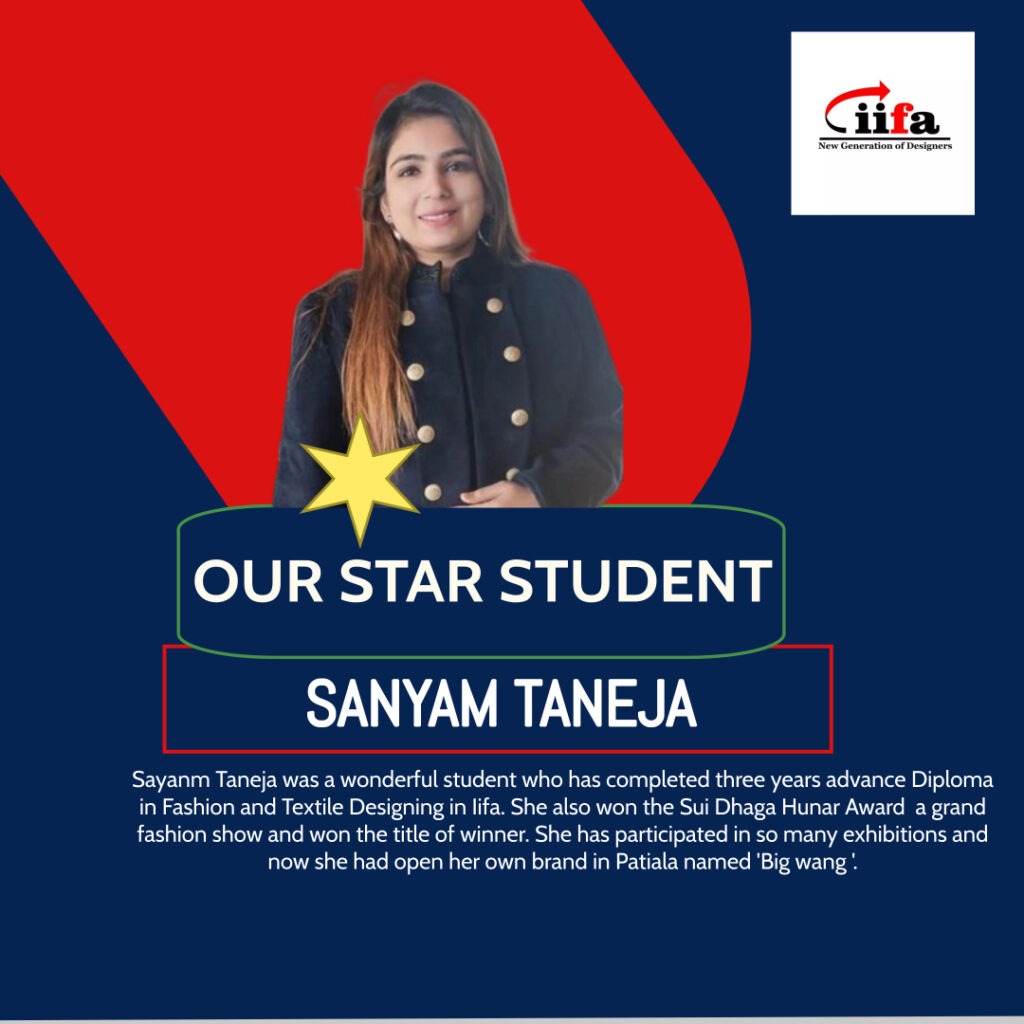What we do
That sounds impressive! IIFA seems like a powerhouse for grooming students in design and business. The combination of rigorous academic programs, hands-on learning, and collaborations with industry leaders is a recipe for success. How did you come across IIFA? Are you thinking of joining or do you have some connection with the institute?
OUR BELIEF / CREDENCE
IIFA is committed to deliver education that goes beyond the conventional and is deeply aligned with the needs of the design, fashion, textile, and business industries. The integration of international standards and continuous improvement reflects a dedication to staying at the forefront of the field. The emphasis on practical skills assessment as well as theoretical and certifications from reputable bodies like BMQR AIAO-BAR and LAPT-EQA adds a valuable layer of recognition to the education provided. It’s exciting to see how the institute blends the latest in fashion technology with the purity of artistic expression. There is a specific aspect or program that you find particularly intriguing, or are you exploring IIFA for potential educational opportunities.


Our Mission
It’s fantastic that employment generation is at the heart of IIFA’s mission. By prioritizing excellence, innovation, and customer satisfaction, the institute is not only providing education but also ensuring that its graduates are equipped for successful careers in the dynamic fields of design, fashion, textile, and business. It’s a mission that directly contributes to the growth and development of individuals and the industry as a whole
Wall of Achievers









Award & Recognition






FAQ
Ambala sounds like an incredible place for aspiring fashion designers! The factors you’ve mentioned indeed make it a promising destination for fashion education and career opportunities. Having a strong academic reputation, an industry-oriented curriculum, and access to state-of-the-art facilities are crucial elements for a robust educational experience in fashion design. Additionally, the presence of prestigious fashion brands and a hub for the textile industry in Ambala offers students invaluable exposure and networking opportunities. Interning with leading designers and brands can provide hands-on experience and insights into the workings of the fashion world, which can be immensely beneficial for students.
Moreover, an excellent placement record speaks volumes about the quality of education and the preparedness of students for the industry. Landing placements in top fashion houses and design companies reflects the effectiveness of the education provided by the institutions in Ambala.
For anyone passionate about fashion and looking to pursue a career in design, Ambala seems like an ideal place to kickstart their education and build a strong foundation for a successful career in the fashion industry. The combination of academic excellence, industry exposure, and placement opportunities makes it an attractive destination for aspiring fashion designers.
Absolutely! Pursuing fashion design courses after completing class 12 is possible, regardless of the stream of study. Fashion design encompasses creativity, aesthetics, and technical skills, making it accessible to students from various educational backgrounds.
The cost of fashion design courses can vary significantly based on various factors, including the type of program and whether it’s an international or domestic course.
Global Recognition: International programs, especially those offered by prestigious fashion schools in fashion capitals like Paris, Milan, or New York, may have higher tuition fees due to their global reputation and connections within the fashion industry.
Domestic programs often have lower tuition fees compared to international ones, especially if they are state-funded or part of government-subsidized education systems.
